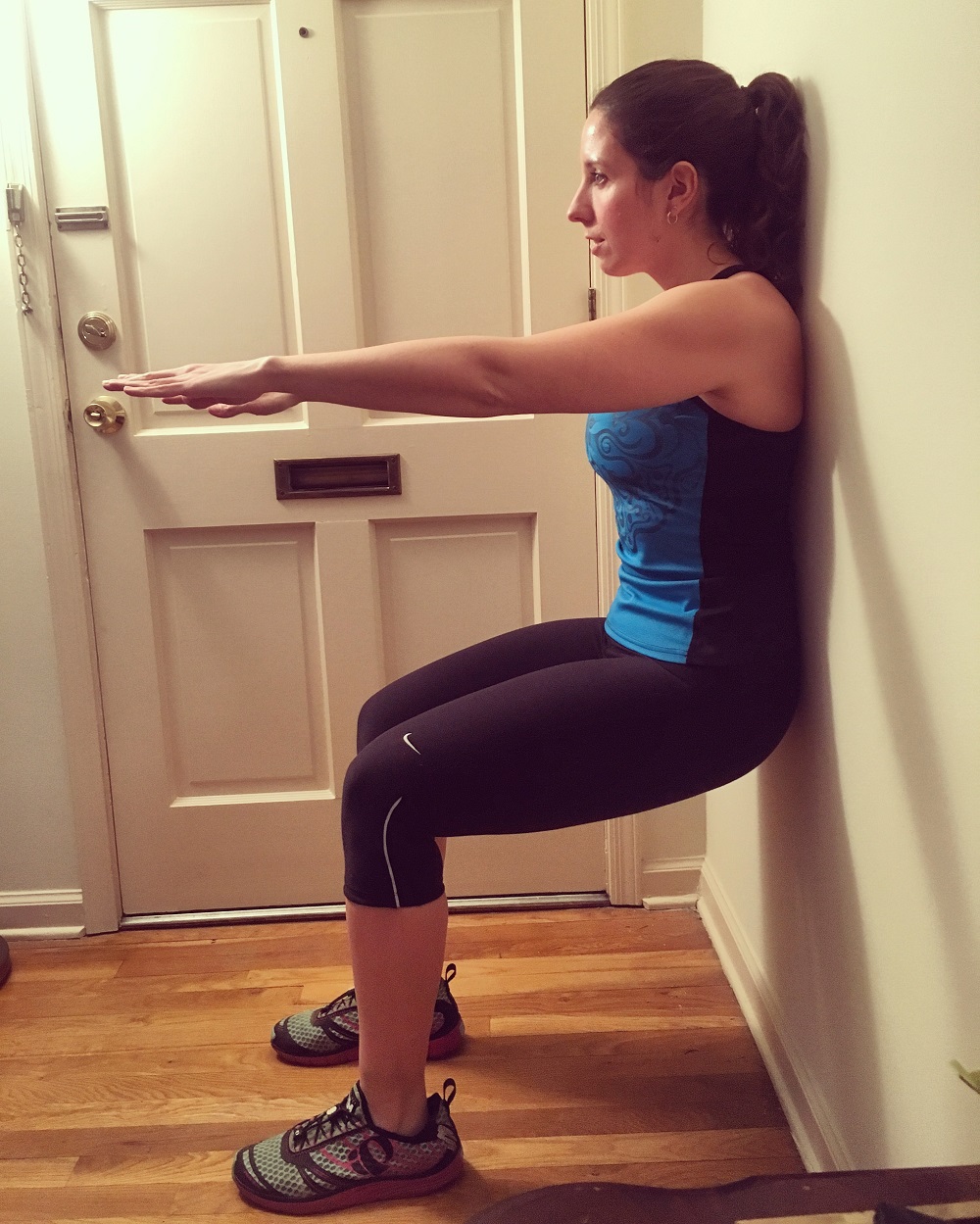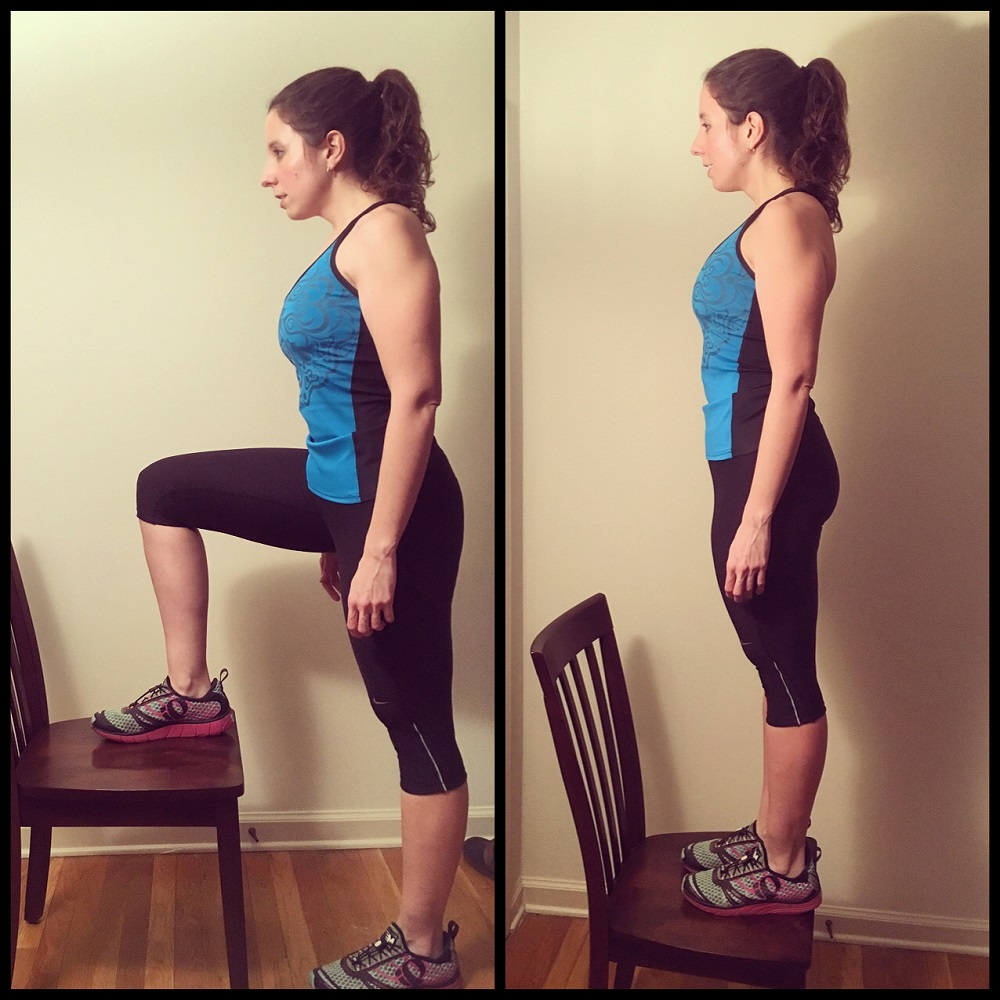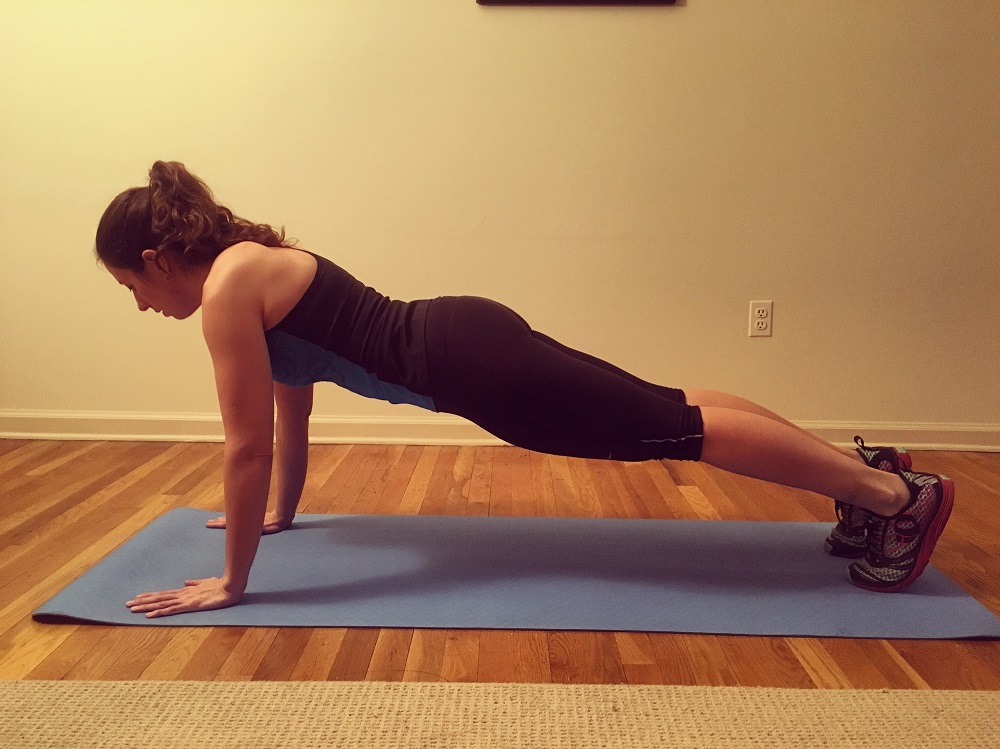It was a fifty-degree day in February and the sun was shining brightly. It was the perfect day for a nice long Sunday ride. We were riding along on some rolling terrain enjoying the sunshine and the scenery when we made a sharp turn and a long steep climb suddenly loomed in front of us. As I climbed, the burning sensation slowly intensified in my quads to the point where I had to get out of the saddle to get some help from my glutes to keep on going. When I reached the top of this steep monster my lungs were burning and my legs felt like Jell-O.
I hate that rubbery leg feeling. More training on the hills can help, but what other exercises can be done to help make your legs feel stronger at the top of a tough climb like that?
There are several primary muscle groups used in cycling. Riding will obviously help to strengthen these muscles but, some off the bike plyometric training is great for giving these muscles additional strength and endurance. Plus, plyometric exercises are easy to do at home and require minimal equipment.
The primary muscles used in cycling are:
Quadriceps – the main working muscles used for climbing and for power when pushing the pedal downward
Hamstrings – these work with the calf muscles to pull the pedal up from the bottom of the pedal stroke
Gluteus Maximus and Medius – assist the quadriceps when you are climbing out of the saddle and create the forward movement of the pedal at the top of your pedal stroke
Gastrocnemius and Soleus – these calf muscles are secondary to the muscles mentioned above, but are still essential to a proper pedal stroke. These muscles help with the pointing of the toes (plantarflexion) and knee flexion around the bottom of the stroke
In addition to increasing muscular strength and endurance, working these muscle groups off the bike can also help to prevent injury if the exercises are done correctly. Here are a few simple plyometric exercises you can easily do to strengthen these muscle groups:
Wall sits – muscles used, quadriceps, hamstrings, gluteus maximus/medius, adductors
You can do these pretty much anywhere that you have access to a wall. Go over to any wall, press your back flat against that wall and drop down as if you were seated in a chair, with the wall being the chair back. Ideally your knees should be bent at around a ninety-degree angle (if you are new to this exercise you can work your way toward the ninety-degree angle over time). Your knees should not go out past your toes. Your hands should either be at your sides, out in front of you or up over your head. Stay in this position for 30 seconds before returning to a standing position and repeat this 6-8 times. You can increase the length of time you hold each rep after you have done this exercise for a few weeks. To change the stress on the muscles you can hold the sit at slightly different angles however, do not drop below a ninety-degree mark as this may lead to strain or other injury. Holding these sits helps to build strength and endurance, particularly in the gluteal muscles and quadriceps.

Wall sits – knees at approximately a 90 degree angle and back flush against the wall
Step ups – Muscles involved: quadriceps, hamstrings, gastrocnemius, soleus, hip flexors
You can do these with a plyometric box if you have one, if not you can use a stable chair or even do this at the bottom of a set of stairs (stepping up onto the second step from the bottom). Either with your box or chair in front of you, stand up straight and step up with one foot, (your knee should be at approximately a ninety-degree angle up on the chair) with that first foot completely on the box or chair, push through the heel of that foot to bring the other foot up to meet it and then step down one foot at a time. Do three sets of 8-10 repetitions on each leg. You can also do these with some light weights in your hands for an added challenge.

Step Ups – push off through the heel of the leg on the chair to bring the other leg up next to it
Deadlifts – Muscles used: gluteus maximus and medius, latissimus dorsi, trapezius
These can be done with a barbell, hand weights or even just a household object like a heavy book (if you don’t own weights). Stand with your feet shoulder width apart. Standing up straight, hold the weight down in between the tops of your thighs. Lean forward with your spine still relatively straight and your your head up, looking directly in front of you. Tighten your abs and pull your shoulders back slightly. Bend as far as you are comfortable with and then rise back up, tightening your glutes, pushing through your heels and bring your shoulders back until you are standing straight up again. Repeat this for three sets of 8-10 repetitions. This exercises also strengthens the lower back (latissimus dorsi) and shoulders (trapezius) which can be stressed in cycling even though they are not muscles that are directly used to power your pedal stroke.
Squat jumps – muscles used: quadriceps, hamstrings, gluteus Maximus and medius, gastrocnemius, soleus
These help to increase your explosive power. Box jumps are also a good exercise for building this explosive power, but we don’t all have a plyometric box at home to jump up on to. These work all the major muscle groups used in cycling, but also benefit the abs and lower back when done correctly. Standing with your feet a little bit wider than shoulder width, squat down until your knees are bent at around a ninety-degree angle, or slightly higher, remembering to keep your knees from going out past your toes. Always keep your weight back in your heels when squatting. Once you come down into your squat position, explode straight up, jumping as high as you can. Land on slightly bent knees to absorb the impact. Quickly repeat this ten times, making sure you keep proper form. Complete 2-3 sets of ten reps each.
Planks – these mainly work the abdominal and back muscles, but do also secondarily use many of the main cycling muscles
Having a strong core is beneficial for every kind of exercise we do, be it cycling, running, swimming. Planks are a great way to exercise the core. Starting out down on all fours, bring your legs back, so you are at the top of a pushup position (you can also do these on your elbows if you prefer). Make sure your back is in a straight line from your head to your toes and that your hips are not sagging down and/or your butt is not sticking up in the air. Engage your core and your glutes and breathe deeply, holding this position for thirty seconds to start (you can increase the time as the weeks go on). Repeat this 4-6 times, taking a minute or two break in between each plank. Having core strength will help prevent back injuries and will give you better balance and stability, on and off the bike.

Planks – try to keep you body in a straight line between your head and your toes
Proper form is important in all of these exercises to get the maximum benefit and to avoid injury. A little bit of added plyometric strength training in the off season can go a long way to improving your overall power on the bike, so at the top of that steep hill you will have legs of steel instead of legs of Jell-O.